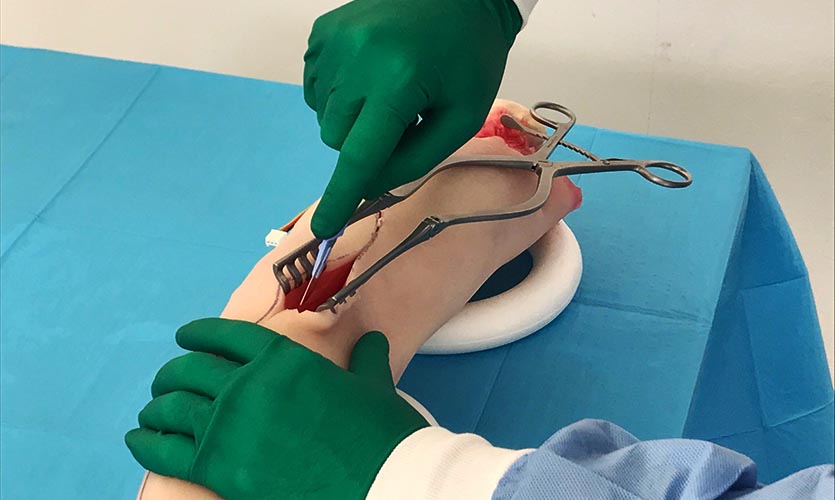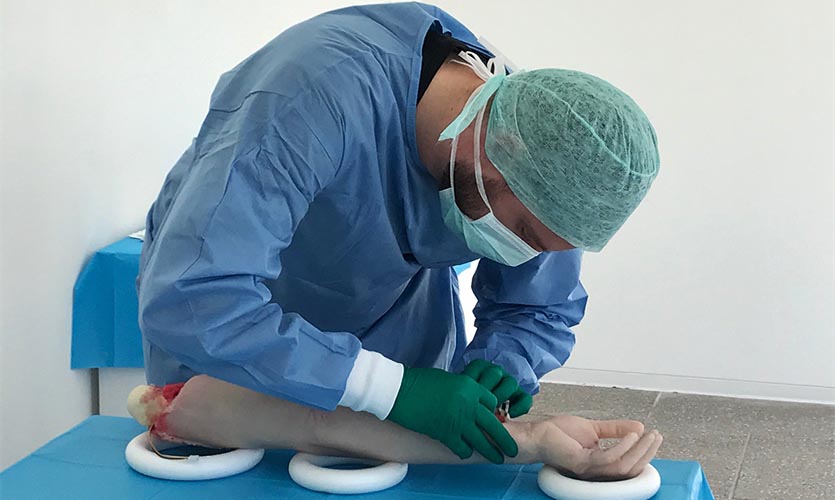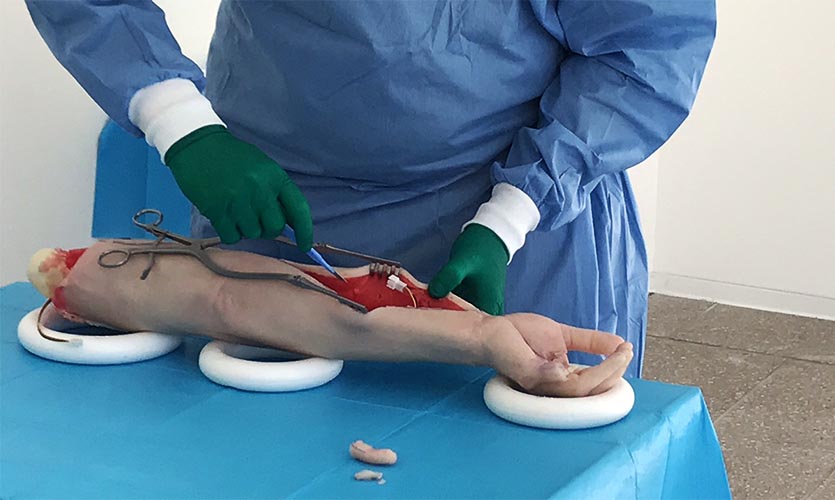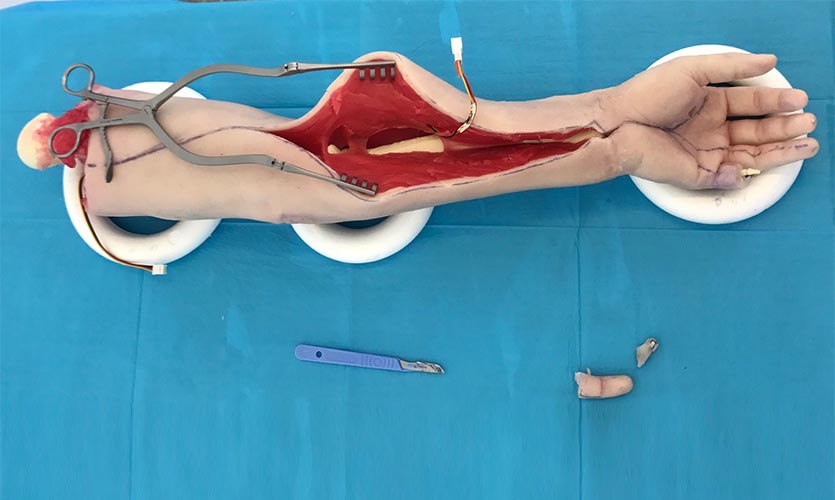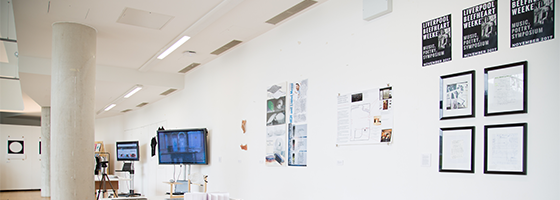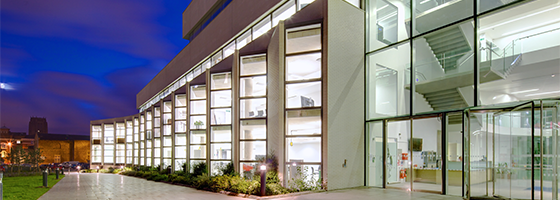The Office of Potential Evolution
The Office of Potential Evolution | Public Communications
For Immediate Release | 15/08/17
The Office of Potential Evolution, coupled with the Unhinged Institute, made a breakthrough yesterday in the study of human evolutionary possibilities.
The Future Human Initiative, a project which strives to improve human viability in space colonies, successfully developed a live specimen of the projected human. Specimen #117 was grown in accordance with Belgian guidelines on genome editing-mediated germline gene correction, with many harmful genes edited out of the germline. #117 was implanted with several artificial augmentations designed to improve life in both space and colonies in different environments.
Among these augmentations are a full nervous system access port structure, similar to the one surgically implanted into Kevin Warwick, designed to make interfacing with external hardware and machinery seamless and efficient, and an advanced RFID system and communication chip in the hand, between thumb and forefinger.
A STEP IN TO THE FUTURE
An advanced RFID chip and communication device, designed to challenge current technology forms the crux of the technological advancements currently being showcased within Specimen #117, and features a phone, a processor and storage unrivalled by other RFID’s currently on the market. The RFID is implanted between thumb and forefinger similarly to others on the market. The necessary wiring is implanted in to the arm between muscle attachments against the bone and has yet to be rejected by any specimen.
#117 is also fitted with a fully accessible nervous system port structure, first envisioned by Kevin Warwick in the Cyborg experiments. Ports are now implanted throughout the body in order to increase synergy between exo-suit hardware, remote hardware and medical diagnostics.
DISSECTION TIME SET
A malfunction with the incubation units resulted in the loss of all systems, data and samples from previous, and for future, experiments. Emergency services called to the site in Belgium were able to recover portions of specimen #117, which will now be dissected in England, the country of the project’s conception. The dissection will take place on the 16/08/17 at the John Lennon Art and Design building in Liverpool and will be conducted by Victor Manet, senior technician from the Office of Potential Evolution. Dissection results are set to be showcased for several weeks before trials recommence in Belgium next year.
¦ ENDS ¦


